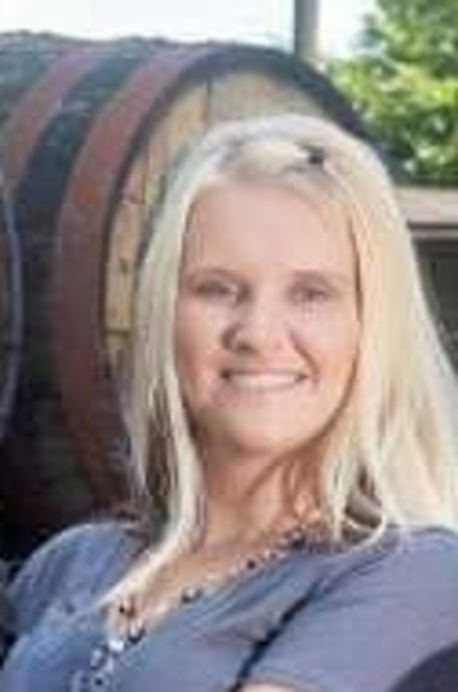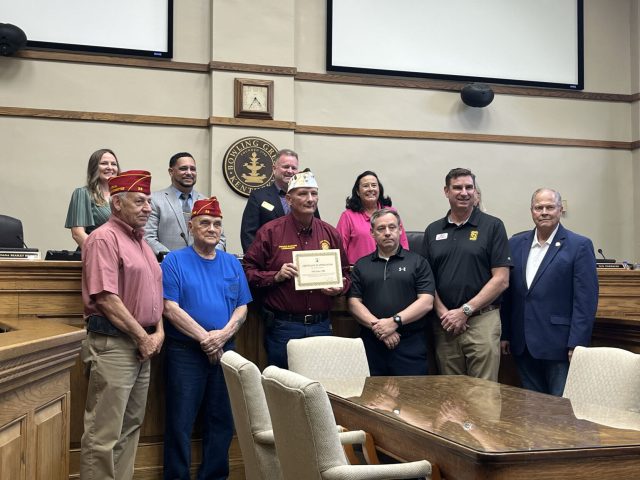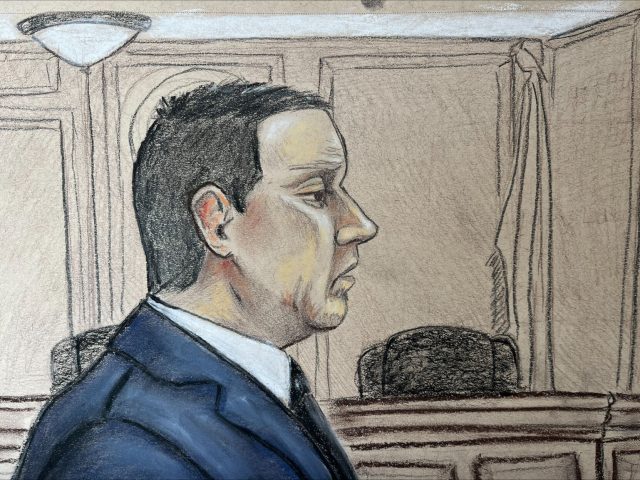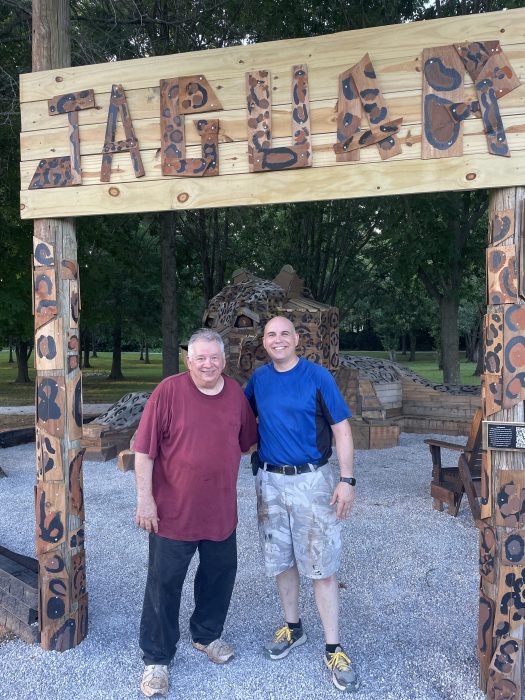Houck, Lawson found guilty in Crystal Rogers case
Published 3:30 pm Tuesday, July 8, 2025

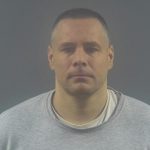

After a 10-day trial, a jury returned guilty verdicts against Brooks Houck and Joseph Lawson in connection with the 2015 disappearance of Crystal Rogers.
Houck was found guilty of murder (principal or accomplice) and complicity to tampering with physical evidence, while Lawson was convicted of conspiracy to commit murder and tampering with physical evidence.
A jury of six women and six men deliberated for about four hours before returning its verdict early Tuesday afternoon and returned the maximum possible punishment against both defendants.
Trending
Houck faces a life sentence on the murder charge and five years for complicity to tampering with physical evidence, while the jury decided on a 20-year sentence for Lawson on conspiracy to commit murder and five years for tampering with physical evidence.
The jury also recommended that the sentences for both defendant be served consecutively.
Rogers was a 35-year-old mother of five and had a child in common with Houck, her then-boyfriend.
She was last seen alive on July 3, 2015, and her car was found abandoned with a flat tire on the Bluegrass Parkway on July 3, 2015, near the 14-mile marker. She is presumed dead.
Rogers’ cell phone and some of her other belongings were in the car.
At the trial’s penalty phase Tuesday afternoon, special prosecutor Shane Young implored the jury to give the maximum sentence to Houck and Lawson, arguing that Houck engineered the conspiracy to gain custody of the young son he and Rogers shared and that he paid $50,000 to Lawson to move Rogers’ car.
Trending
“They planned to kill her, get rid of her and make it look like she just left,” Young told jurors during his closing argument at the penalty phase.
Kyleigh Fenwick, Rogers’ second daughter, testified during the penalty phase that it’s been “pretty hard” to not have her mother there to watch her graduate high school and college.
Fenwick was the first witness called by the prosecution during the proof phase of the trial, testifying that she saw Rogers leave their house on the night of July 3, 2015, making her the last person known to see her alive.
“I never thought that would be the last goodbye,” Fenwick said. “We waited a long time for this.”
Authorities believe Rogers traveled with Houck and their young son to the Houck family farm and never returned.
Young has referred to Houck’s brother, Nick Houck, and their mother, Rosemary Houck, as “unindicted co-conspirators” in Rogers’ disappearance, and said again during the closing argument of his penalty phase that they had some responsibility for her presumed death.
Houck’s attorney, Steve Schroering, asked the jury to come back with a 20-year sentence for his client, the minimum under Kentucky law for those counts.
“Twenty years is an incredibly long time in prison and it will be particularly difficult for (Houck) because of the notoriety of this case,” Schroering said.
The case attracted considerable media attention over the decade it had been pending, with a six-part docuseries released in 2018 by the Oxygen Network.
The publicity led 10th Circuit Judge Charles Simms to order the trials for Houck, Joseph Lawson and his father, Steven Lawson, be moved from Nelson County, where the crimes were charged, to Warren County.
Steven Lawson was convicted of the same crimes as Joseph Lawson and faces a 17-year sentence.
Joseph Lawson’s attorney, Kevin Coleman, argued for a 10-year sentence for his client, citing his upbringing as a mitigating factor.
Coleman said that Steven Lawson’s alcoholism and drug abuse made him a “poor role model” for his son, who also fell into substance abuse and was paralyzed in a 2021 motorcycle accident.
Coleman said that Joseph Lawson, who uses a wheelchair, has no use of his legs and his injuries may necessitate amputation.
Young said that the defense attorneys’ argument for leniency was an appeal to Houck’s comfort that he found “insulting,” telling jurors that Rogers’ four oldest children and her other surviving family were in need of justice after a decade of waiting.
“(Houck has) sentenced those kids to a life without their mother,” Young said.
The prosecution used cell phone communication between the two Lawsons late on the night of July 3, 2015, and a phone call from Steven Lawson to Houck early on July 4, 2015, to build its case, which was based on circumstantial evidence.
Young also argued that Houck was not truthful with investigators at the outset, particularly within an eight-page written statement he submitted to the Nelson County Sheriff’s Office on July 8, 2015, detailing his actions five days earlier.
Employees at several workplaces testified that they did not interact with Houck as he claimed to have on July 3, and he briefly mentioned in his written statement going to the family farm that day when cell phone location data showed that he spent most of the day there.
Attorneys for Houck and Lawson pointed to the lack of physical evidence in the case — investigators from multiple agencies conducted numerous searches on properties and vehicles belonging to Houck and his family, never finding any DNA, hair, blood or other trace evidence belonging to Rogers.
The defense also attacked the credibility of prosecution witness Charlie Girdley, who testified that Steven Lawson approached him at a construction site where they worked and mentioned something to him about “getting rid of” Rogers.
Houcks’ defense team claimed that the damaging information was coerced out of him by police, and that cell phone location data for Steven Lawson did not place him on the Bluegrass Parkway the night of Rogers’ disappearance.
As jurors deliberated, they asked to view video footage of Girdley’s testimony, then after viewing about 10 minutes of footage of Young examining Girdley, the jury passed a note to Simms informing him that they did not want to see any more footage and wished to go back to continue deliberating.
Simms set final sentencing for Houck and Lawson on Aug. 21 in Nelson County.


